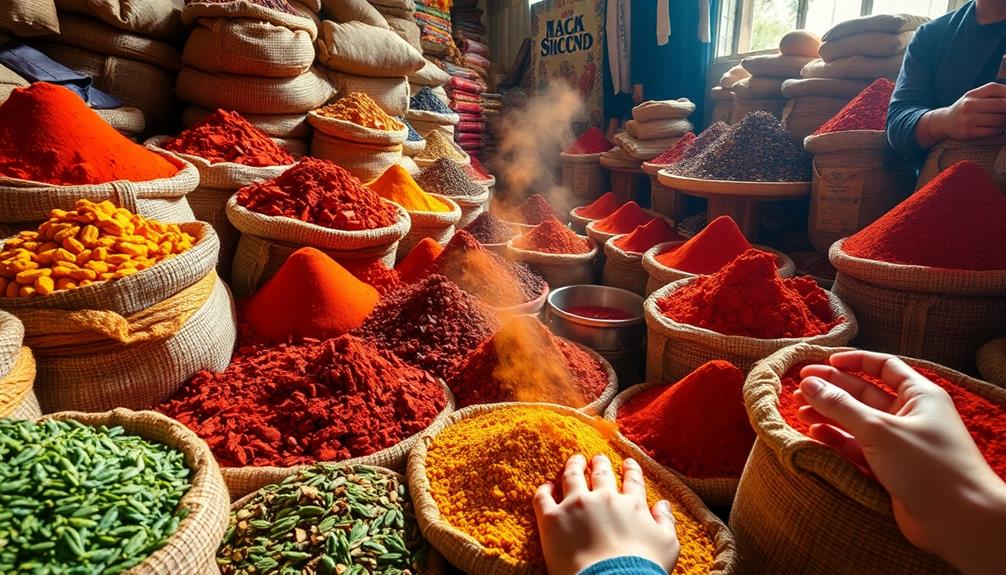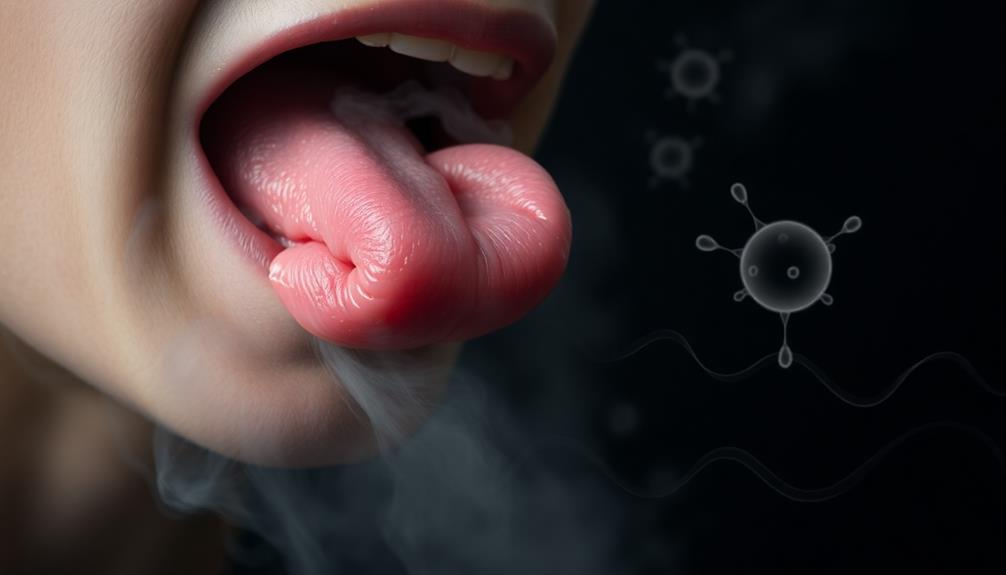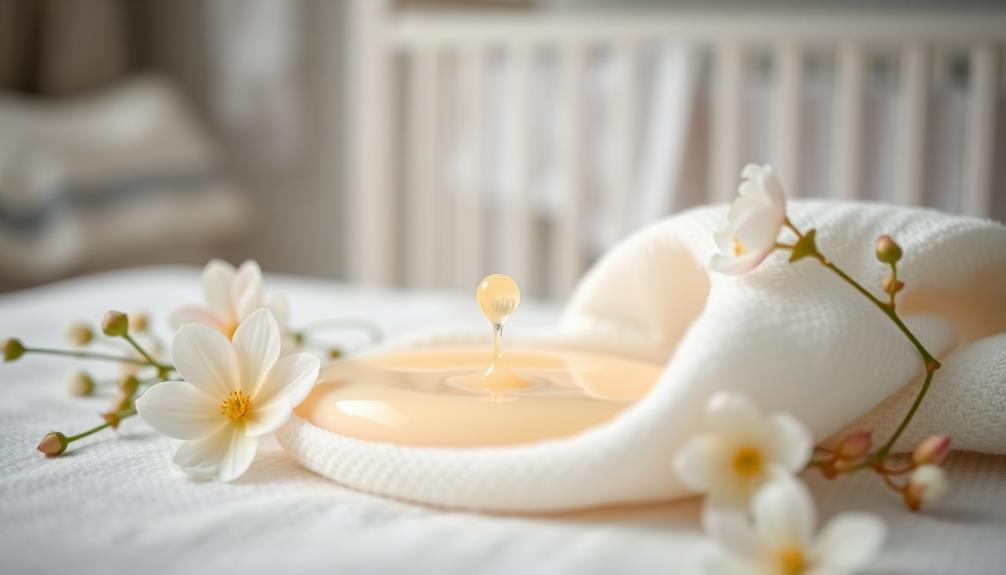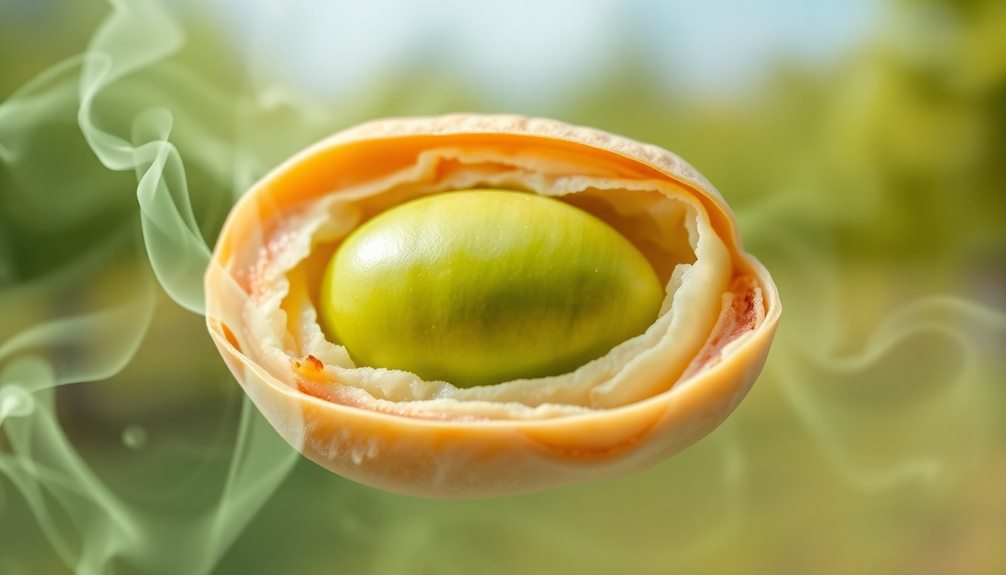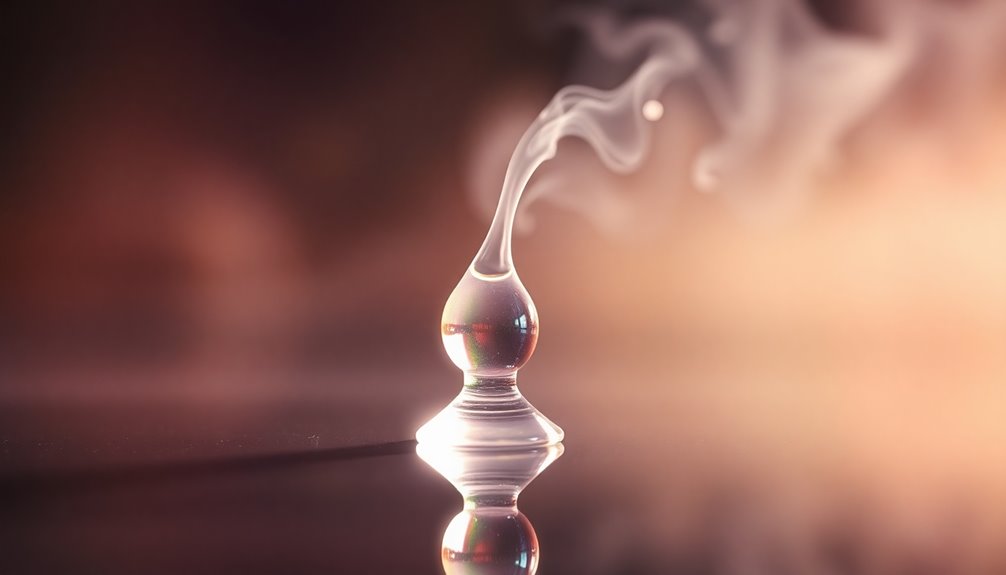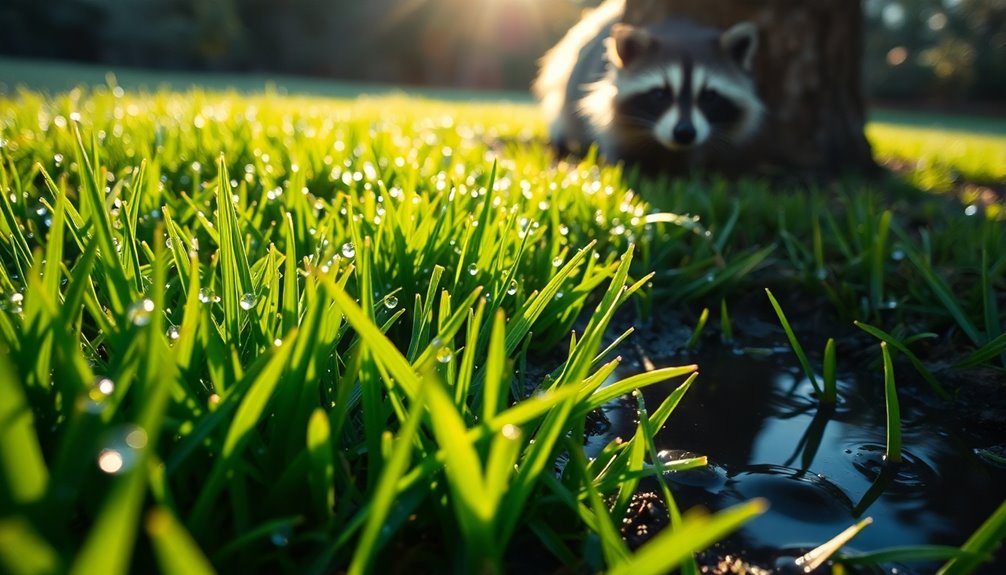Spice has a strong and acrid smell, often compared to burnt plastic or chemicals. It's definitely not like the earthy aroma of real cannabis! The scent is sharp and harsh, making it easy to recognize. Even if someone tries to cover it up, that chemical smell lingers around. This unique aroma is a big clue you can use to identify Spice, which can be linked to some health risks. So, if you're curious about more ways to spot Spice and understand its effects, keep exploring! There's so much more to discover!
Key Takeaways
- Spice emits a strong, acrid, and chemical scent, significantly different from the earthy aroma of natural cannabis.
- The odor is harsh and burnt, often described as resembling burnt plastic or synthetic materials.
- Despite attempts to mask the smell, a distinct chemical aroma remains prevalent.
- The smell can linger in enclosed spaces, indicating potential Spice use and associated health risks.
- Cultural perceptions link the acrid smell of Spice to negative stigma and concerns about substance abuse.
Introduction
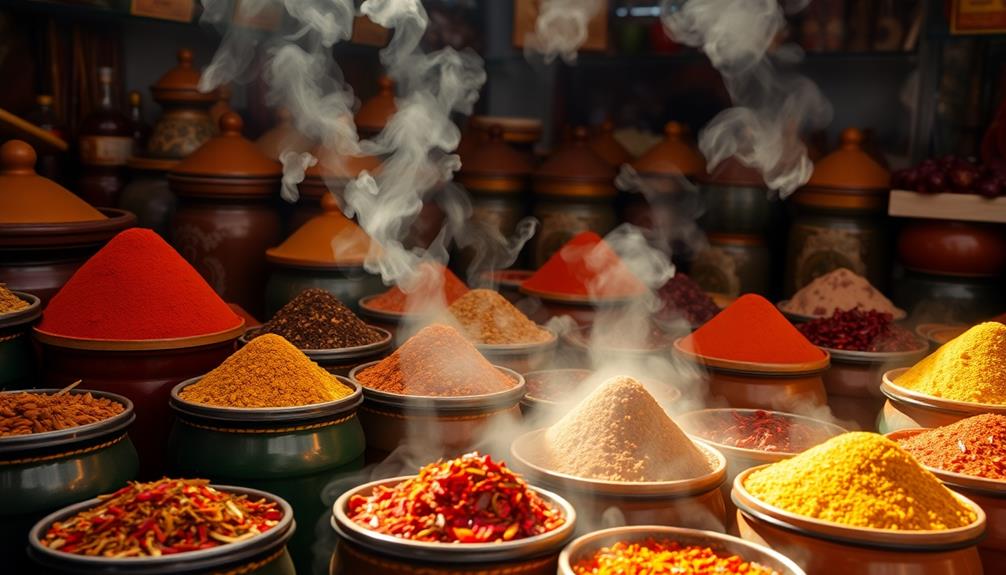
Spice, often encountered in various forms, is a synthetic alternative to natural cannabis that poses unique challenges, especially when it comes to its smell.
Unlike the earthy aroma of real cannabis, Spice has a strong, acrid odor that many describe as unpleasant. It can smell like burnt plastic or even herbs treated with weird chemicals. This smell can change depending on the specific synthetic cannabinoids used and how they're made.
Recognizing this chemical smell can be super helpful for you! It allows you to tell Spice apart from genuine cannabis products. This difference is important because Spice is known for its psychoactive effects, which can be much stronger and more unpredictable than natural marijuana.
These synthetic substances can also lead to harmful effects, which is something everyone should be aware of.
Understanding the smell of Spice is crucial for prevention and education. By knowing what it smells like, you can make informed choices and help others stay safe.
Description of the Smell

When you encounter the smell of Spice, it hits you with a strong acrid and chemical scent that's hard to ignore. This smell is quite different from the earthy aroma of natural cannabis. Instead of being fresh and pleasant, Spice gives off a burnt, harsh odor that many users find unpleasant or pungent.
It's a smell full of artificiality that makes it easily recognizable, especially to those familiar with marijuana. The chemical structure of synthetic cannabinoids contributes to this unique scent, setting it apart from anything natural.
Even if some variations of Spice add fragrances to mask the smell, there's always that underlying chemical scent that reveals its true nature. This distinctive odor is a key indicator of Spice use, helping you trust your sense of smell when identifying these synthetic products.
Source and Composition
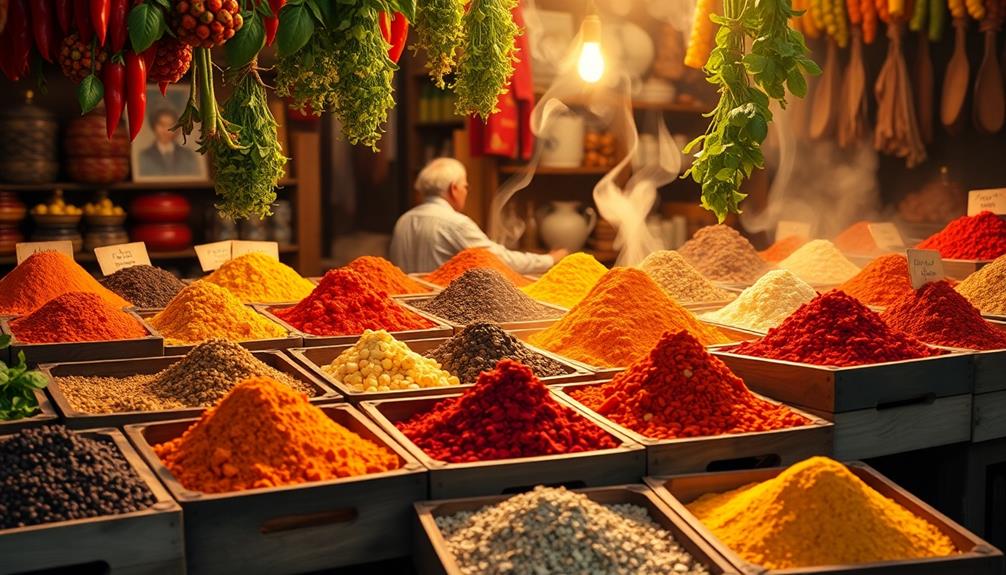
The unpleasant smell of Spice stems from its composition, which consists of plant material coated with synthetic chemicals. When you look at Spice, you see a dry, crumbly texture and vibrant colors that suggest it's not the real deal.
Unlike natural cannabis, which is sticky and has distinct buds, Spice has a completely different appearance. You might notice that it has a strong chemical smell that can be acrid and unpleasant, lacking the aromatic, herbal scent you'd expect from genuine marijuana.
The synthetic cannabis used in Spice is made up of various chemicals that create a range of odors. However, these smells don't usually have the earthy, familiar aroma that comes with real cannabis. If you're familiar with cannabis, you'll likely pick up on the stark contrast in smell, helping you identify synthetic products when you encounter them.
The effects of using Spice can be unpredictable, making it essential to recognize its unique characteristics. By understanding the source and composition of Spice, you can better appreciate the differences between it and natural cannabis, ensuring you stay informed and safe.
Typical Scenarios or Environments

In various social settings, users often seek out Spice for its intense effects, but this can lead to environments marked by its distinct odor. When people use Spice, the air can fill with a strong, acrid burnt smell. This chemical smell, caused by synthetic cannabinoids, is quite different from the earthy and herbal scent of natural cannabis.
You might notice the odor lingering in the room, almost like burnt plant matter. Even though users may try to cover up the smell with other scents, the chemical aroma usually sticks around, especially in enclosed spaces.
It's important to be aware of these odors, as they can help in recognizing potential Spice use. In group settings, the presence of these distinctive smells can raise questions about health intervention needs. Additionally, the scent profile of Creed Aventus, a popular and recognizable fragrance, can sometimes mask or complicate the identification of other odors like those associated with Spice. This can make it more challenging for individuals to discern the source of certain smells in group environments. Paying close attention to these distinct odor patterns can guide timely and appropriate health responses.
If you're in a place where you catch a whiff of that harsh scent, it's a good idea to stay alert. Understanding these olfactory characteristics allows you to be more aware of your surroundings.
Emotional or Cultural Associations

Encountering the acrid smell of Spice can trigger a range of emotional responses, often rooted in discomfort or suspicion. This synthetic cannabis has a sharp, chemical odor that many find overwhelming. When you catch a whiff, it might make you feel uneasy or anxious. These feelings come from cultural perceptions that link the smell to negative stigma and substance abuse.
In many communities, the smell of Spice creates a sense of worry. People often associate it with illicit behavior and drug use, which can affect how safe they feel in their neighborhoods. You might notice this smell in certain places, marking them as spots where synthetic drugs are used. This can reinforce negative views about drug-related crime and lead to even more fear.
However, it's important to remember that these emotional responses and cultural perceptions can shape our understanding of community safety. While the smell of Spice can evoke concern, it also highlights the need for awareness and education about the issues surrounding synthetic drugs.
Health or Safety Considerations
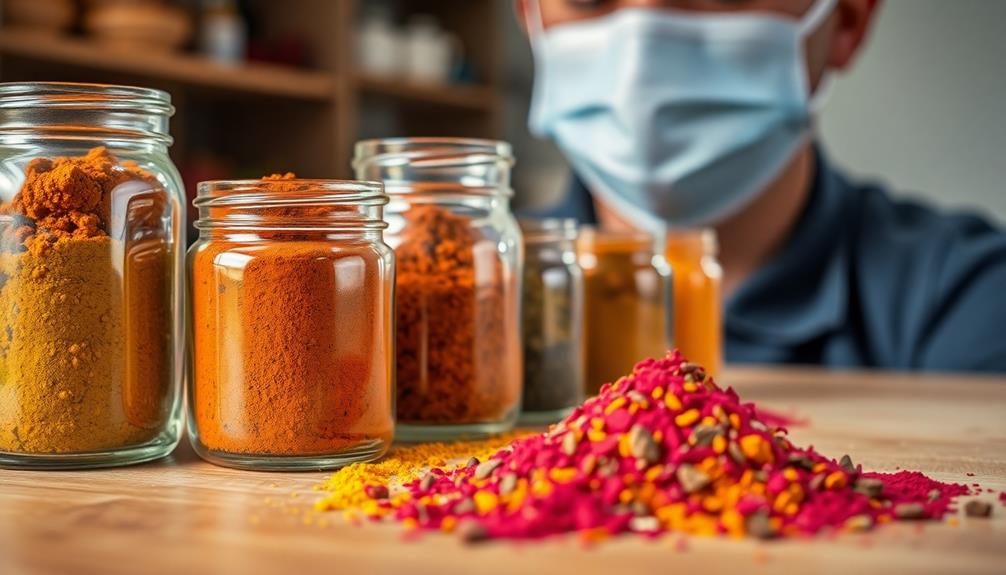
Recognizing the distinctive chemical smell of Spice is vital for understanding its health and safety implications. Unlike natural cannabis, Spice has an acrid, burnt odor that can signal potential health risks. If you notice someone with a strong, unpleasant breath, it could be a sign they've used Spice. This smell is a crucial indicator that can help you identify use among peers.
Spice contains synthetic cannabinoids, which can have unpredictable effects on the body. These substances may look colorful and feel strange, but don't be fooled; they can lead to serious adverse reactions. Being aware of the chemical odor can help friends and family spot potential health emergencies.
If you or someone you know has used Spice, recognizing the odor may be your first step in getting help. Healthcare providers also rely on this information to assess situations quickly.
The more you understand about the smell and effects of Spice, the better equipped you'll be to respond to any problems. Remember, staying informed can make a big difference in keeping yourself and others safe!
Final Thoughts
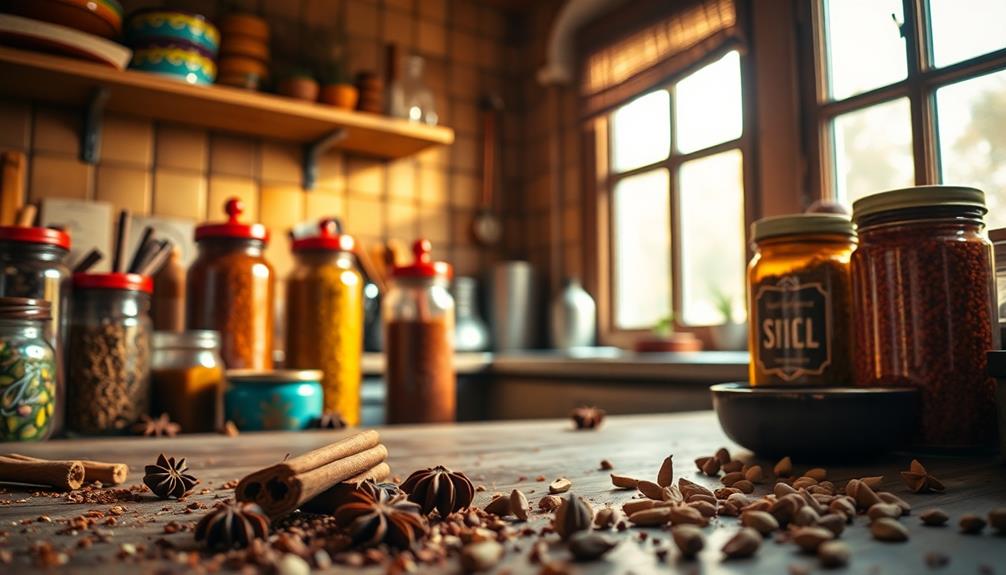
How can we better protect ourselves and our loved ones from the dangers of Spice? First, it's essential to understand the known smell of this synthetic substance. Spice often has a strong chemical or acrid odor, which can be quite different from the pleasant, natural scent of cannabis.
Users have described it as smelling like burnt plastic or other synthetic materials. Being aware of this distinct smell is crucial. It can help you distinguish Spice from traditional marijuana products, making it easier to spot potential risks. If you notice that smell, it might be a sign that someone is using Spice, which can lead to serious health risks.
Educating ourselves and others about these signs can make a big difference. Talk about it with friends and family, so they know what to look for. Awareness is key! The more you know, the better you can protect those you care about.
Always stay informed and keep an open dialogue. Remember, understanding the dangers of Spice can help create a safer environment for everyone. Let's work together to ensure a healthier community, and keep those we love safe from harm!
Frequently Asked Questions
What Does Spice Taste and Smell Like?
When you try Spice, you'll notice a peculiar taste that's often harsh and chemical-like. Its smell can be acrid and artificial, distinctly different from the natural aromas of cannabis, making the experience quite jarring.
What Does 5 Spice Smell Like?
When you smell Five Spice, you'll notice warm, sweet notes from star anise and cinnamon, balanced by the pungent, slightly numbing scent of Sichuan peppercorns. It's an aromatic blend that evokes warmth and nostalgia.
What Does Spice Smell Like in Perfume?
When exploring spicy perfumes, you'll notice warm notes like cinnamon and clove blending with sweet or floral hints. These fragrances can evoke comfort, especially during colder months, and their scent may change based on your skin chemistry.
What Does Ginger and Spice Smell Like?
When you smell ginger and spice, you'll notice a warm, zesty aroma. The freshness of ginger mingles with sweet, earthy notes, creating a comforting blend that evokes cozy memories and festive feelings in your mind.
